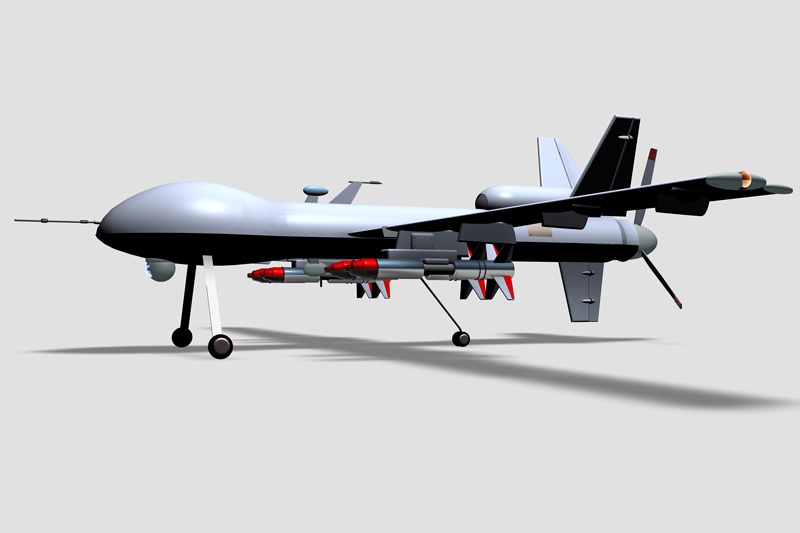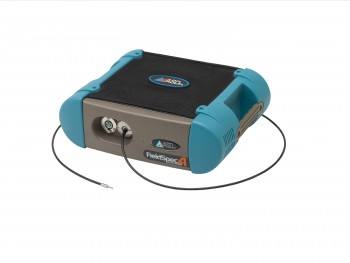Defence Remote Sensing
Airborne & Ground Imaging

Through close working partnerships with leading suppliers, PAS provides comprehensive options in hyperspectral analysis and the expertise to maximise the benefits in applications where there is no margin for error.
Ground Imaging
PAS understands your need for data verification through hyperspectral analysis and gives you access to an array of solutions to match your context. (Put link to white paper)
Coastal Evaluation
The planning of amphibious operations requires knowledge of the bearing strength and trafficability of the landing area as well as the bathymetry in the vicinity of the landing zone. In addition to these parameters, the identification and location of shallow submerged obstacles and areas such as tidal flats, beaches and wetlands is also required.
Landmine Detection
Hyperspectral sensing’s ability to detect ground disturbances aids in the detection of buried land mines and IEDs.
Beyond simply detecting ground disturbance, hyperspectral techniques may also provide information about the source of the disturbance that allows for the discrimination of soil disturbances resulting from landmine or IED burial activity from other disturbance sources such as vehicle movement. The mineralogic makeup of natural soils in the near surface is highly stratified, thus any surface disturbance is detectable as a difference in the surface mineralogy in contrast to surrounding areas.
Having knowledge of the mineralogic depth profile of the soil, the depth of the disturbance can also be inferred.
Camouflage ID
The detection of camouflaged or hidden objects requires a measurement that provides a contrast between the object and background materials. Hyperspectral imagery is well suited to this application since the collected spectrum contains information related to the chemical makeup of materials.
In addition, it is often possible to detect the presence of a target spectral signature in sub-pixel quantities when there is sufficient spectral contrast with background materials. Field collection of spectral signatures of both target and background materials is often critical to success since it is difficult to reproduce natural illumination conditions in a laboratory setting.
